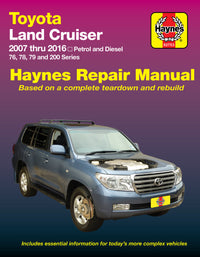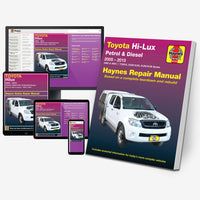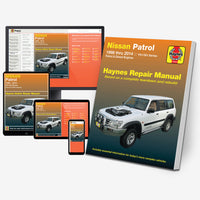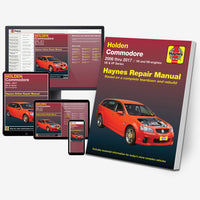A vehicle's ABS (anti-lock braking system), which is also known as the anti-lock brakes, stops the wheels from skidding when the brakes are applied hard, and allows the driver to steer around an obstacle at the same time.
ABS uses sensors to detect when a wheel is about to start skidding, and employs hydraulic valves to ease the brake pads from the discs before reapplying them repeatedly.
You can feel the effect through the brake pedal in the form of rapid pulsing. You may also be able to hear the brakes ‘chattering’ loudly while ABS is working. ABS works on wheels fitted with brake discs, so on cars with four discs it can work on all four wheels.
However, one common misconception is that braking distances are shorter with ABS. They aren't. In fact in some circumstances, ABS can increase a car’s braking distance, because the brakes aren’t being applied consistently.
However, ABS allows a driver to maintain control of the direction the car is heading in, and therefore steer away from an obstacle. In a car without ABS the front wheels are more likely to lock and the car can’t be steered, no matter how far you turn the steering wheel.
In any event, the extra distance an ABS-equipped car will cover when braking is negligible; fitting winter tyres when the ambient temperature is lower than 7C (42F) will shorten braking distances compared with regular summer tyres.

A warning light on the dashboard will signify any ABS issue. The light comes on when you start the engine and usually goes out after a few seconds.
If it doesn’t go out you can still drive the car but we recommend taking it straight to a garage. If other warning lights are lit, consult your car’s handbook for further information.
ABS faults are usually caused by broken wheel speed sensors or a faulty brake pump module. The latter can be expensive to replace, but online specialists can repair it for a lot less.
Be careful when braking on ice and snow with an ABS-equipped car. The system is designed to stop the wheels from locking up and you’re likely to find braking distances increase significantly.
Again, winter tyres will help, but keeping your speed down and anticipating the road ahead is the best advice.
















